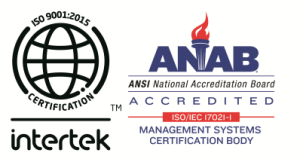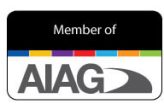The occurrence of defects in sand-castings is usually higher than other manufacturing methods due to the sheer number variables that come into play during the process.
In foundries, turbulence during mold filling, contact of molten metal with a (usually cold and damp) sand mold and subsequent solidification means that there are many opportunities for something to go wrong.
Consequently, when sand-casting is compared to more controllable manufacturing operations such as machining or plastic injection molding, the rate of defect occurrence is usually higher by one or two orders of magnitude.
This makes defect classification and management a key aspect in foundry day to day operations.
Defects:
Hot tears: Linear discontinuities caused by stresses occurring during or after solidification.
Shrink: During solidification, the material contracts, resulting in voids in improperly fed/processed castings
Sand Inclusions: Loose sand in the mold can be dragged in the flow of metal and entrapped in the solidified casting.
Gas Porosity: Voids in the metal caused by entrapment of gas during solidification
Laps and cold shuts: Surface defects caused by the incomplete fusion of separate molten metal streams
Scabs: Raised blemishes consisting of sand and a porous layer of metal.
Surface roughness: Incorrect surface texture caused by sand conditions or metal flow.
The best to way to deal with defects is to develop acceptance criteria using feedback from the customer and a recognized casting defect standard at the start of the project.
Casting defect reference standards such as AMS2175 and MSS SP 55 aim to establish acceptance levels and remove subjective bias when classifying defects.
The overall acceptance level for each type of defect should be discussed with the customer to ensure products that consistently meet the technical requirements at the lowest cost possible.
Once the acceptance criteria are established, it is the responsibility of the manufacturer to maintain proper quality check controls and procedures to ensure repeatability in the process. To know more, contact our experts.



